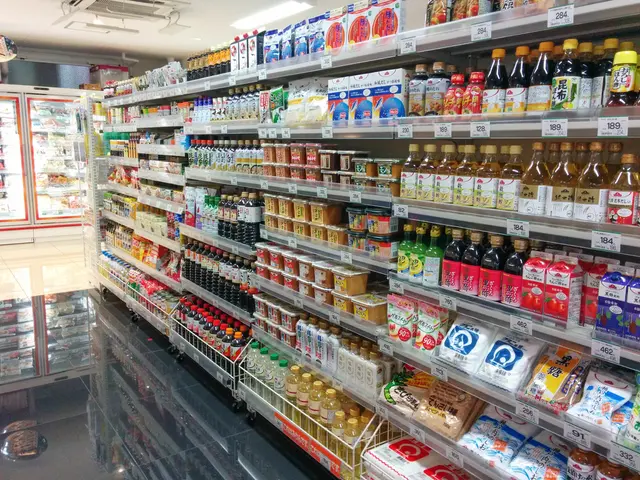U.S. container imports bounce back, surpassing 2022 records amidst China's increased exports and tariff apprehension
=================================================================================================================
The surge in U.S. containerized imports through ports in July 2022 was primarily driven by two key factors: the typical peak seasonal demand and strategic front-loading of imports by U.S. importers ahead of anticipated changes in trade policy and tariff deadlines. This caused U.S. container volumes to reach near-record levels, with an 18.2% increase from June to 2,621,910 TEUs, marking the second-highest monthly total on record.
The surge was fueled by a 44.4% month-over-month rise in imports from China to 923,075 TEUs, reflecting retailers and importers taking advantage of a temporary pause in tariffs and avoiding upcoming tariff hikes scheduled for later in the year. The Port of Los Angeles and Port of Long Beach saw record container volumes, indicating the frontloading effect.
As a result, China’s share of total U.S. containerized imports increased significantly to 35.2% in July 2022, marking a rebound from previous months of tariff-induced weakness, although it remained below the historic peak of 41.5% seen in February 2022. Imports from Hong Kong also rose sharply by 47.8%, contributing to the overall growth in Asia-origin shipments.
Other segments that contributed to the growth in U.S. containerized imports include toys and sporting goods, electric machinery, vehicles and parts, and furniture and bedding. The top 10 U.S. ports saw a 42.9% m/m increase in imports from China, with Houston leading all ports with a 122% spike. Miami led all major ports with a 35.5% monthly improvement in container volumes.
The growth in U.S. containerized imports was not limited to China. Other Asian countries, such as Vietnam, South Korea, and Japan, also saw increased imports. However, the impact of tariffs, customs enforcement, and the June enactment of a 40% U.S. tariff on transshipped exports from Vietnam make a forecast uncertain.
In summary, the surge in U.S. containerized imports in July 2022 was primarily driven by the typical peak seasonal demand and strategic front-loading of imports by U.S. retailers and importers ahead of tariff hikes and changes in trade policy. This surge led to a significant increase in China's share of U.S. containerized imports, with China's import volume surging 44.4% month-over-month and China's share reaching 35.2% in July 2022. The growth in U.S. containerized imports was also driven by other segments and Asian countries, but the impact of tariffs and customs enforcement remains uncertain.
[1] Port of Los Angeles [2] Port of Long Beach [3] Port of Oakland [4] Port of Savannah [5] Port of New York-Newark
- The strategic front-loading of imports by U.S. retailers and importers was enabled, in part, by advancements in technology that facilitated more efficient supply chain management and forecasting.
- To mitigate future disruptions and uncertainties in the supply chain, innovative technology solutions will likely be essential, such as using predictive analytics and real-time data to optimize inventory management and logistics operations.




